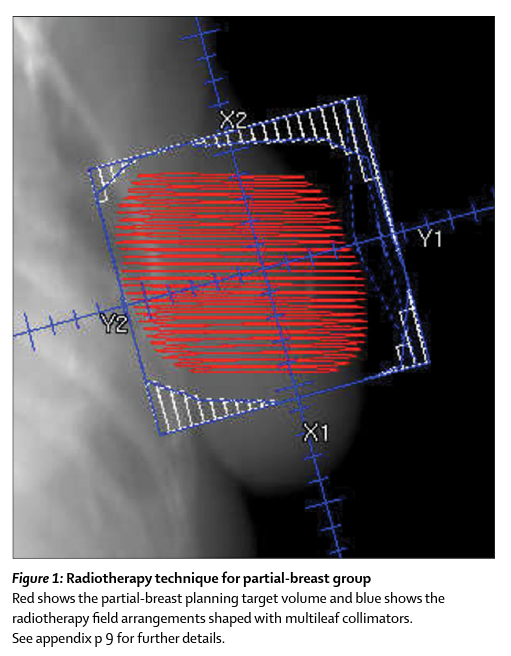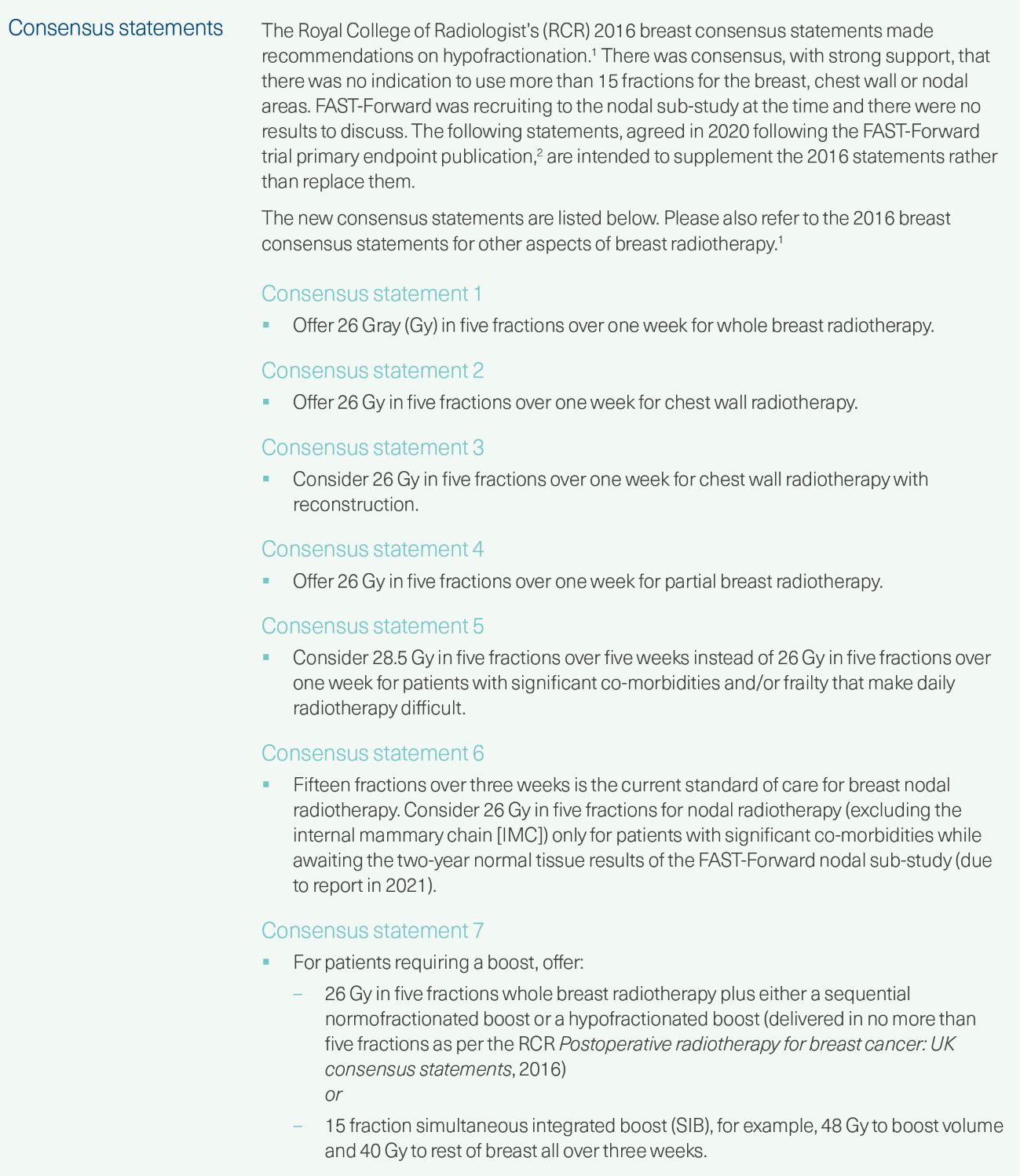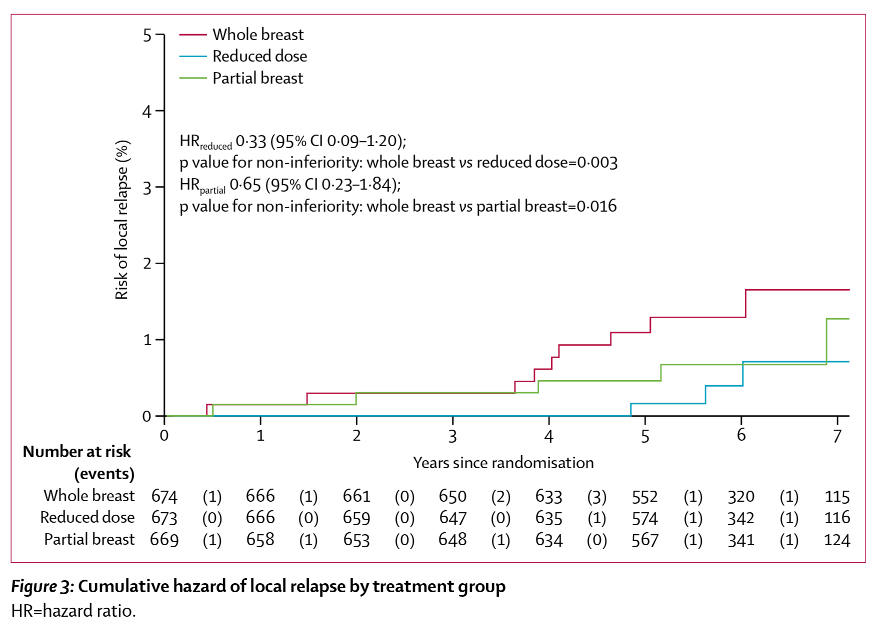- Joined
- Dec 17, 2007
- Messages
- 3,794
- Reaction score
- 5,410
- Points
- 6,441
- Age
- 45
- Location
- Europe
- Attending Physician
Anal cancer on it's way to become the next 5 fractions indication.
5 x 4 Gy for ENI
5 x 5 Gy for cN+
5 x 6 Gy for primary and call it a day?











